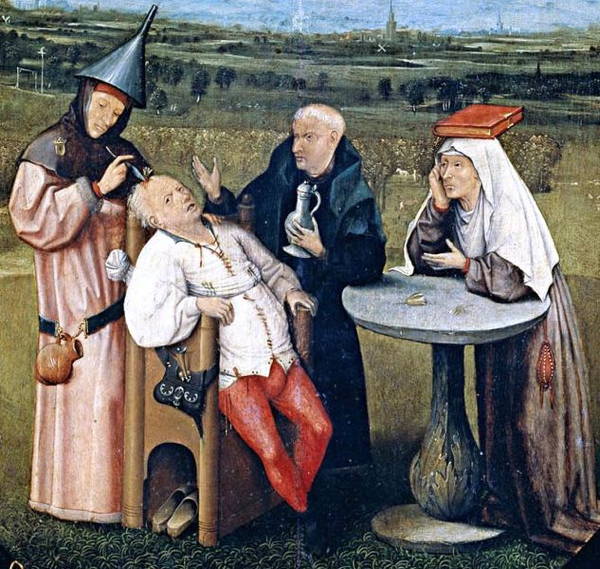Just as researchers have been exploring underground caves and reservoirs to find what they call “hero bugs,” — uniquely isolated microbes — it may be essential to look for examples of how microbes were dealt with in earlier periods of medieval medicine to rediscover new ways of fighting infectious diseases.
Modern Ailments and Medieval Medicine
With 700,000 people dying annually from drug-resistant infections, the need for any and all effective methods is increasingly important. And if these rates continue it is estimated that similar infections will kill an average of 10 million people a year by 2050.
But that’s just it — we’ve been looking so far ahead that it’s possible modern medicine has erroneously thrown out the baby with the bath water when it comes to archaic ways to treat new diseases. Now, a team of medievalists and scientists are teaming up to look for ways in which medieval medicine might actually aid in our fight against the evolution of antibiotic resistant microbes.
The Ancientbiotics team is made up of medievalists, microbiologists, medicinal chemists, parasitologists, pharmacists, and data scientists from several different universities and countries. With the help of modern technology and testing methods, they’re hoping to unveil how premodern physicians treated infections and whether or not there was anything scientific behind their remedies… And surely there were many medieval medical procedures we can leave in antiquity.

Trepanning was a widely used, and very painful procedure with limited success…
And yet the team’s pilot study evaluating the effectiveness of a 1,000-year old recipe known as Bald’s eyesalve from “Bald’s Leechbook” restored some confidence in these Dark Age remedies.
Used to treat a “wen” or what’s otherwise known as a sty, or an infected eyelash follicle, the salve contains a mixture of wine, garlic, onion, and oxgall. Once the concoction is mixed together, it’s then left in a brass vessel for nine whole nights before it’s ready for use. The researchers then applied the salve to in vitro infection models and mice with MRSA infections to find that it could repeatedly kill the bacteria. With Staph and MRSA infections being responsible for many severe and chronic infections, it’s amazing that such seemingly outdated methods can help us now.
Methodology for the Ages
With premodern European medicine and other traditional pharmacopeias being so poorly studied for their clinical potential, now might be a critical point to change those tendencies. During the study of Bald’s eyesalve, chemist Tu Youyou received the Nobel Prize in Physiology or Medicine for finding a new malaria therapy after tireless searching through more than 2,000 ancient Chinese herbal remedies. The hope is that a similar “silver bullet” is hidden somewhere in medieval medicine.

There are many recipes to be explored for their potential value.
As mentioned earlier, there are certainly aspects of medieval medicine that have been proven ineffective (bloodletting, enemas of boar bile, dung ointments, etc.) and still, it’s the methodology of these techniques that remain interesting. In the case of Bald’s eyesalve, it’s curious just how practitioners found such an effective cocktail. It’s clear that not all of these remedies were mere placebos, but actually followed some degree of documented experimentation.
Now the Ancientbiotics team is looking to the “Lilium medicinae,” a major work first completed in 1305 detailing 360 recipes to be verified or debunked by science. It remains to be seen what hidden remedies might emerge to help our modern fight against things like super-bugs, although we’ll surely know which do not!

October 3, 2017
Like to learn more about this stuff.